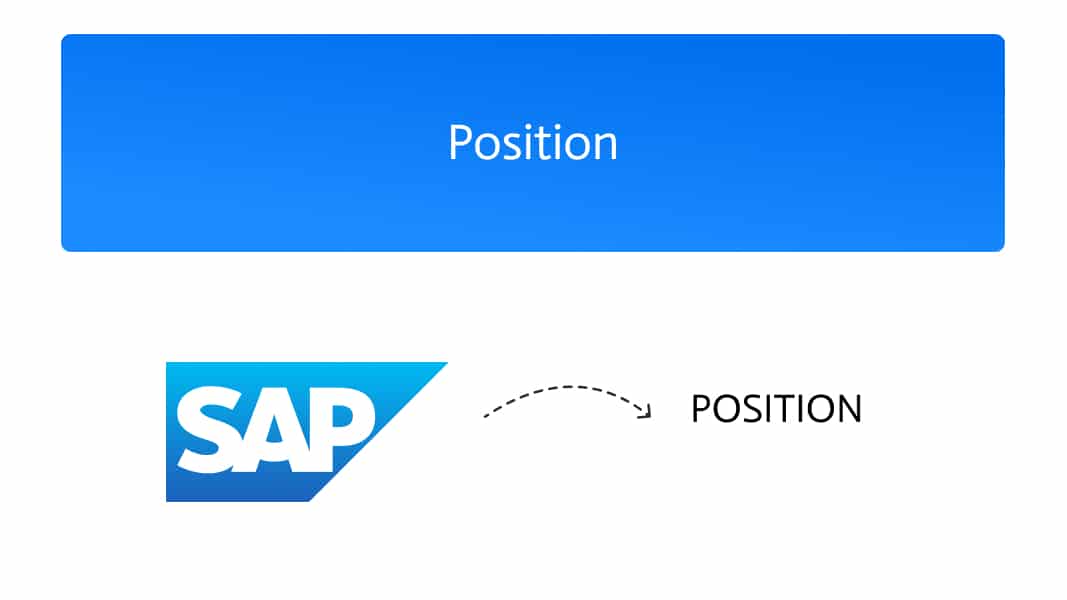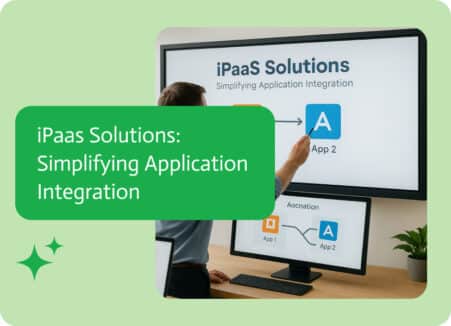
A Quick Look at Position in SAP
In SAP, Position is a key part of maintaining a structured and adaptable organizational model. It enables companies to define their workforce framework, track staffing assignments, and align HR planning with budgeting and operational needs.
What Is a Position in SAP?
A Position represents a specific role or job within the organizational structure. Unlike a job classification, which is generic, a position is unique and tied to a specific location in the hierarchy. Each position is assigned to an organizational unit, forming part of a structured hierarchy that reflects the company’s operational layout.
These positions are not linked to a specific person by default but can be assigned to employees once created. This approach makes it easier to manage vacancies, plan recruitment, and evaluate staffing levels.
Building the Organizational Structure
To use position management effectively, organizations typically follow this process:
- Create a root organizational unit to serve as the top of the structure.
- Define sub-units and positions within those units to reflect functional areas.
- Assign attributes such as employee subgroup, pay scale, and working time to each position.
- Evaluate and finance positions based on budget availability.
- Staff positions with individual employees to reflect actual task distribution.
The structure is financial-year independent, which makes it flexible and long-lasting. Budget connections are only established during employee financing.
Why It Matters
Position management in SAP provides:
- Clear visibility into the organization’s hierarchy
- Support for workforce planning and budgeting
- A foundation for HR processes, including recruiting, payroll, and performance tracking
If you’re already using SAP Organizational Management (OM), you can reuse your existing structure for position management, minimizing redundancy.
Final Thoughts
By creating and maintaining positions within SAP’s organizational structure, companies can mirror their internal setup accurately, support strategic planning, and enable seamless HR and financial integration.


